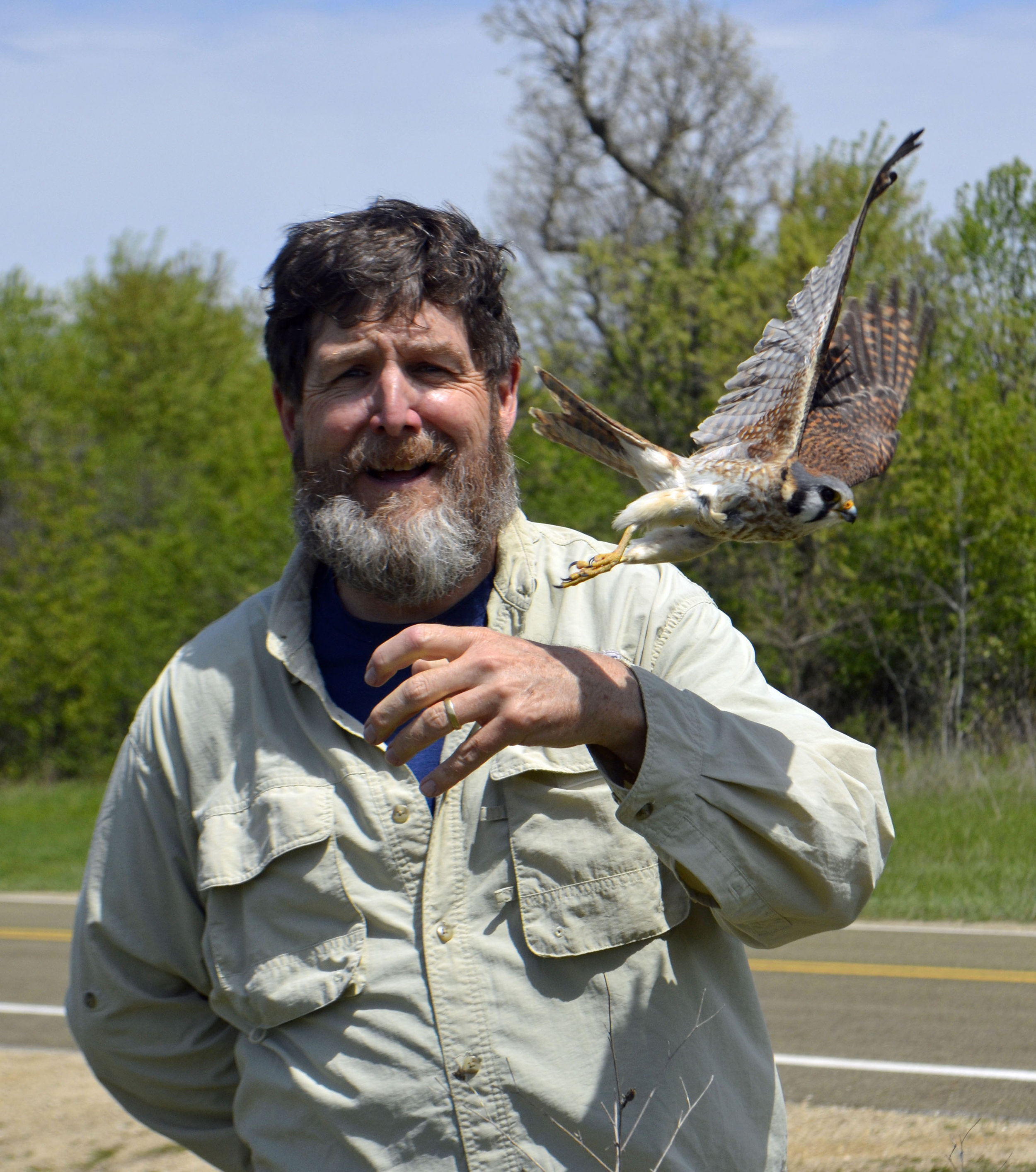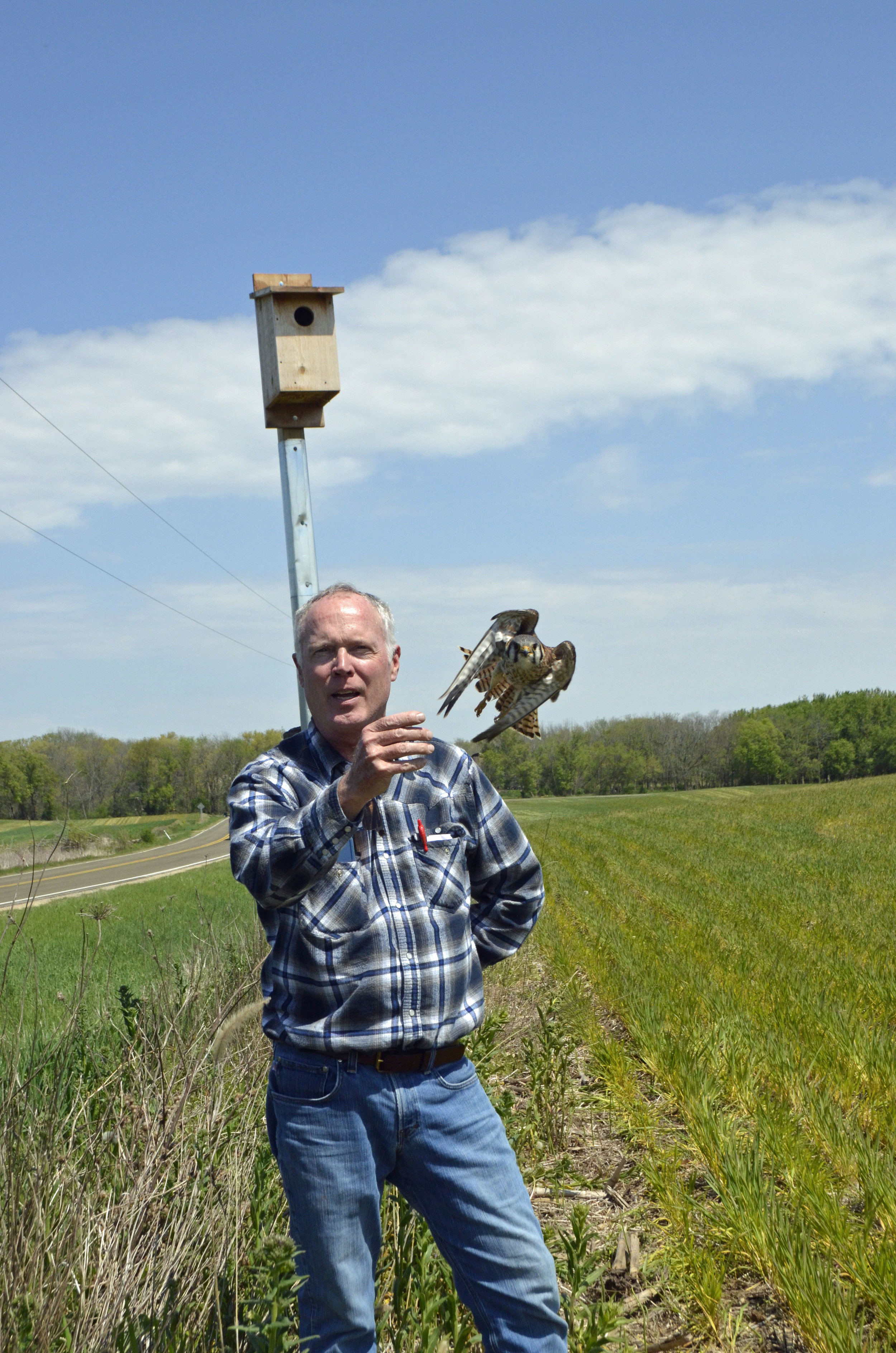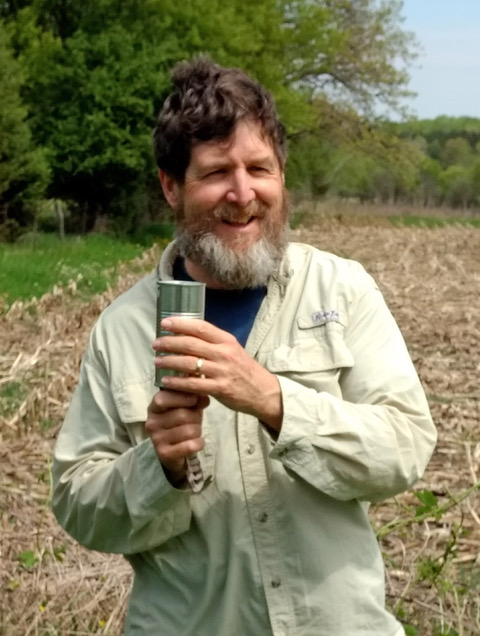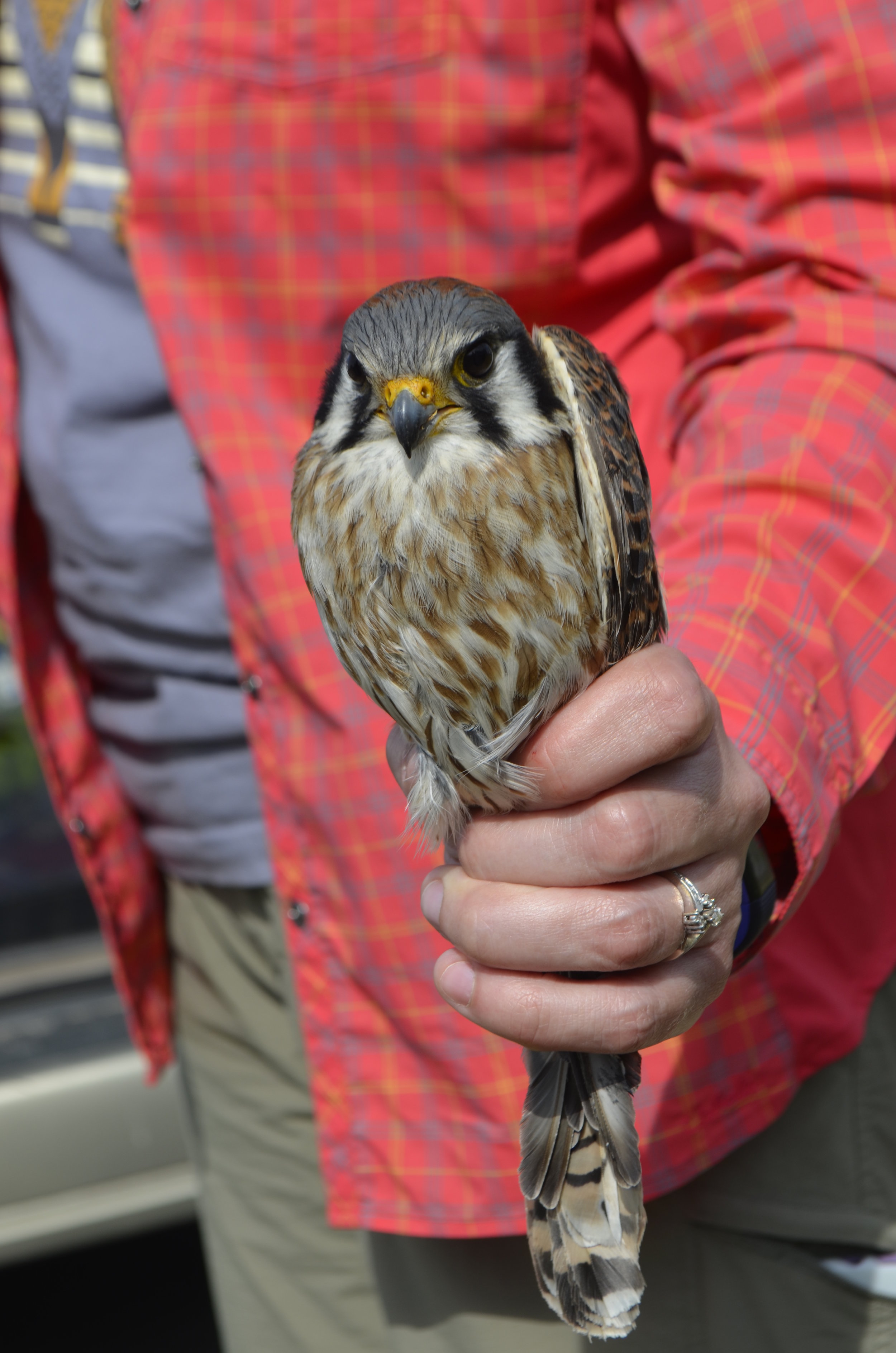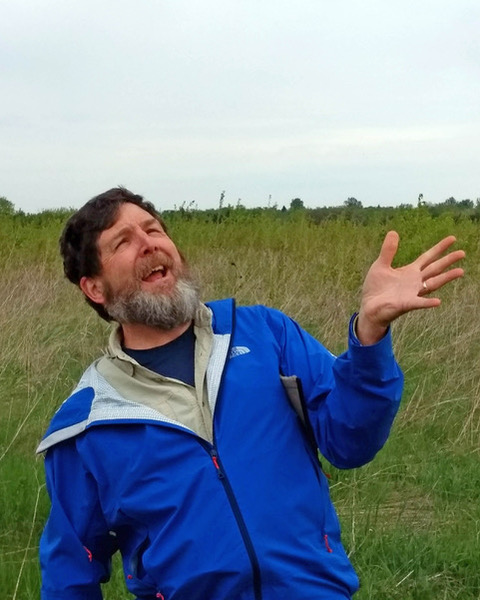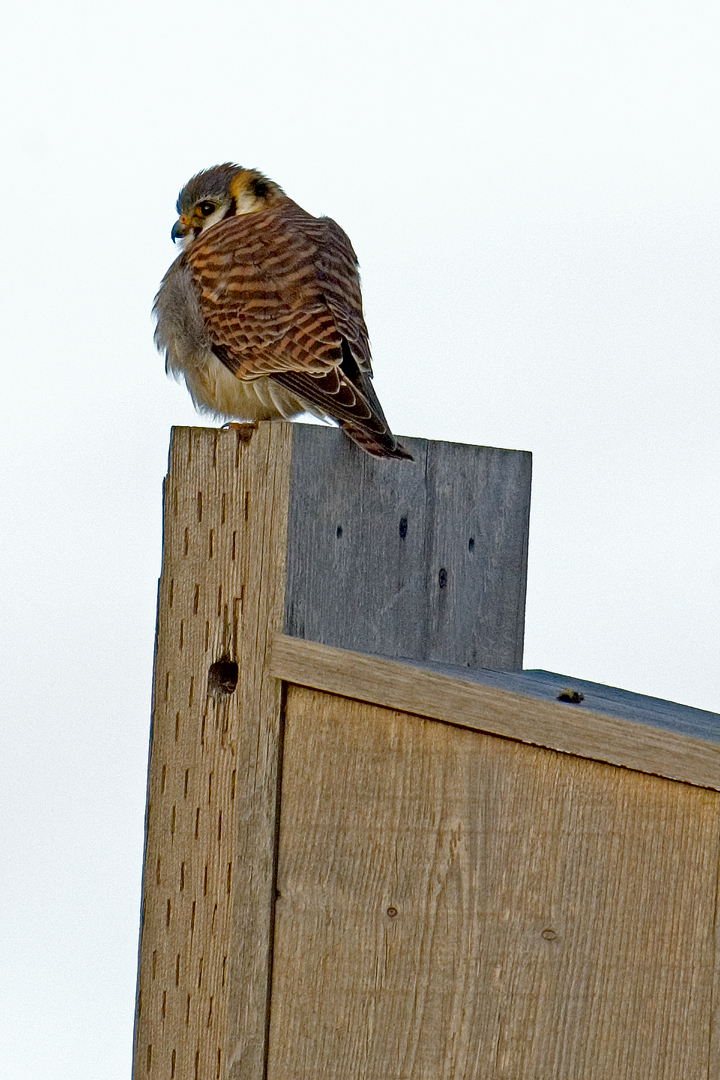Photography by Heather Inzalaco
The highlight of the day for Goose Pond Sanctuary staff and volunteers who participated in the Great Wisconsin Birdathon with our team “The Reckless Wrens,” was a special sighting of the black-crowned night heron. During this fundraiser each team records every species of bird that they see or hear and 50% of the funds we raise goes to Madison Audubon Society, while the other 50% goes to the Bird Protection Fund. We had some great bird sightings that day from a bufflehead, to a pair of red-necked grebes, and there were some bonus non-bird wildlife sightings as well, including a close-up view of a fox snake, and a few energetic muskrats swimming on Goose Pond. Yet, of the 97 bird species we recorded that day, the most striking was a trio of black-crowned night herons perched on a fallen tree at Schoeneberg Marsh Waterfowl Production Area. Madison Audubon owns 60 acres of restored prairie/wetland adjacent to Schoeneberg Marsh, and it was while walking this land that we flushed two adult night herons. Their sharply contrasting black back, white wings and yellow legs makes them a distinctive bird in flight, and we were grateful for this brief sighting as day sightings are less common than night sightings, and we assumed it was all the view we would get. But rounding a clone of sandbar willow there sat our two adults, and one gray-brown juvenile, patiently hunched and looking like long-legged penguins. While juvenile night herons are a light brown with heavy white streaks on the underparts and white spots on the wings, the juvenile we saw was probably nearing maturity as it had lost the spots and streaks.
Photography by Eric Bégin
Black-crowned night herons are often described as being the stockiest species of heron, and this is apparent when they are resting. They pull in their necks and slump their bodies making their already short yellow legs seem shorter. While the common name of this bird, in English, focuses on appearance, in many languages the name is onomatopoeic with their call: “kwak,” “vac,” “quark,” or “waqwa” are some such names. Listen for their barking call at night when they are hunting insects, fish, or amphibians. Night herons will nest in trees or cattails in colonies with mixed species, including other herons and egrets.
Night herons can be useful environmental indicators. They are urban adaptors, able to tolerate traffic noise, and being known to forage in garbage, but because they are at the top of the food chain, they are especially susceptible to environmental contaminants. The presence of night herons and night heron nesting colonies can speak to the level of environmental deterioration, especially in urban wetlands. For example, in Wisconsin, declines in the population of black-crowned night herons and shifting nest locations coincide with the highest concentrations of DDT in the environment between the late 1960s and the 1980s. According to Wisconsin bird expert Samuel D. Robbins, black-crowned night heron eggs had very high concentrations of PCBs in 1977.
Photography by Kelly Colgan Azar
In the first Wisconsin Breeding Bird Atlas, night herons were found to nest primarily in just a few locations including Oconto Marsh, Horicon Marsh, Necedah, and around Green Bay and down through the Fox River valley. They have been seen before at Schoeneberg’s Marsh, and in 2008 Mark and Brand Smith had a memorable night there when they flushed 50 night herons at once during a night survey. The first Atlas did not record night herons in Columbia County, and the first two years of the Wisconsin Breeding Bird Atlas II project also did not confirm the birds. We hope to confirm them this summer. As work continues in year three of Atlas II, keeping a close eye on the black-crowned night heron population and nesting colony locations will not only help us track the health of this species, but will also help us track the health and abundance of our wetlands.
Head to our Erstad Prairie property at Schoeneberg Marsh to look for the black-crowned night heron. From the parking lot off Harvey Road, head north along the eastern edge of the prairie, then follow close to the banks of the marsh to look for snags or trees that might contain a resting night heron. Contact Maddie Dumas (612-227-7671) or Mark Martin (608-333-9645) if you find a nest, young, or if you would like to help with the Atlas project. If you would like to donate to “The Reckless Wrens” visit: wibirdathon.org
Written by Maddie Dumas, Goose Pond Sanctuary Land Steward







